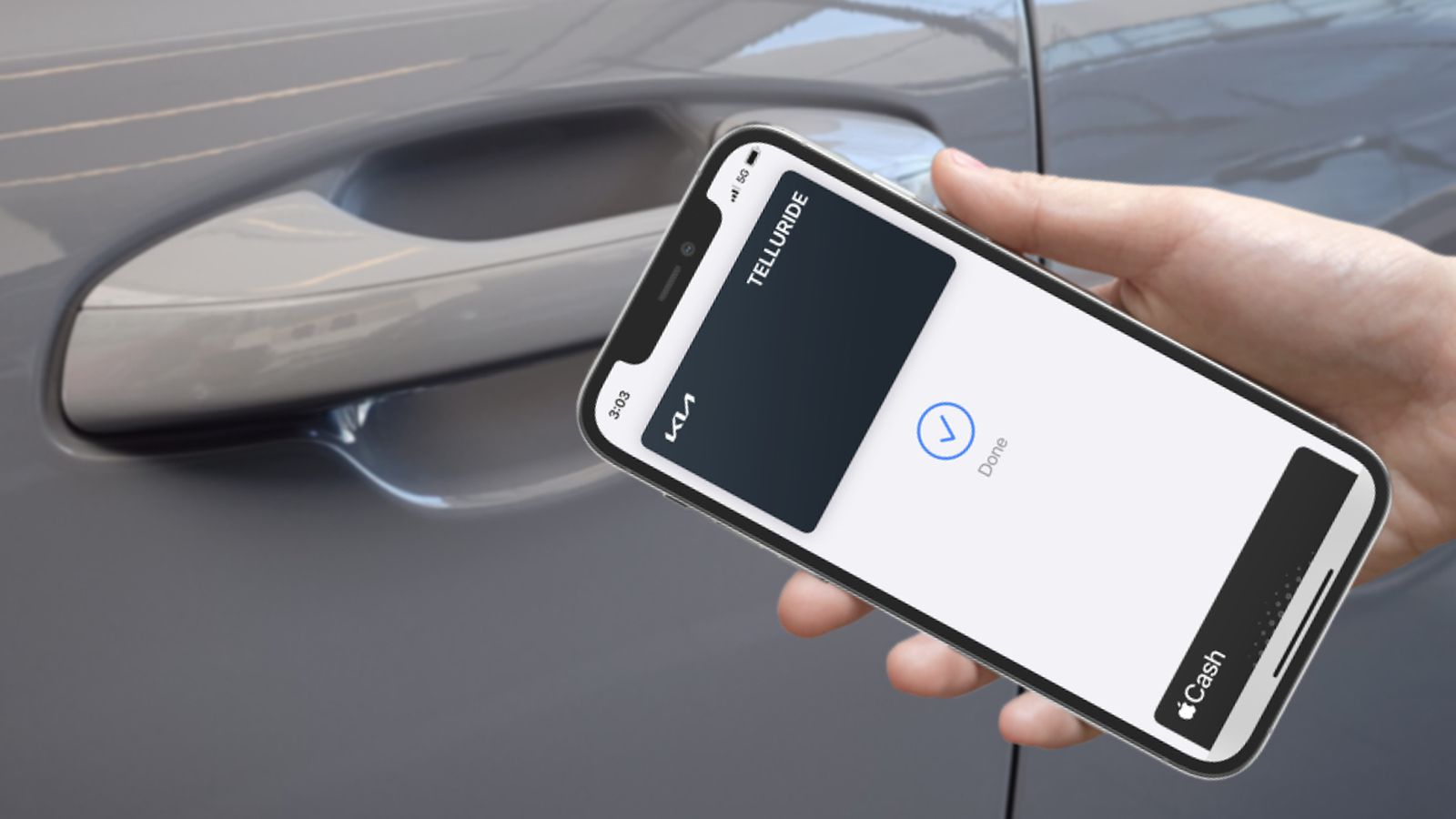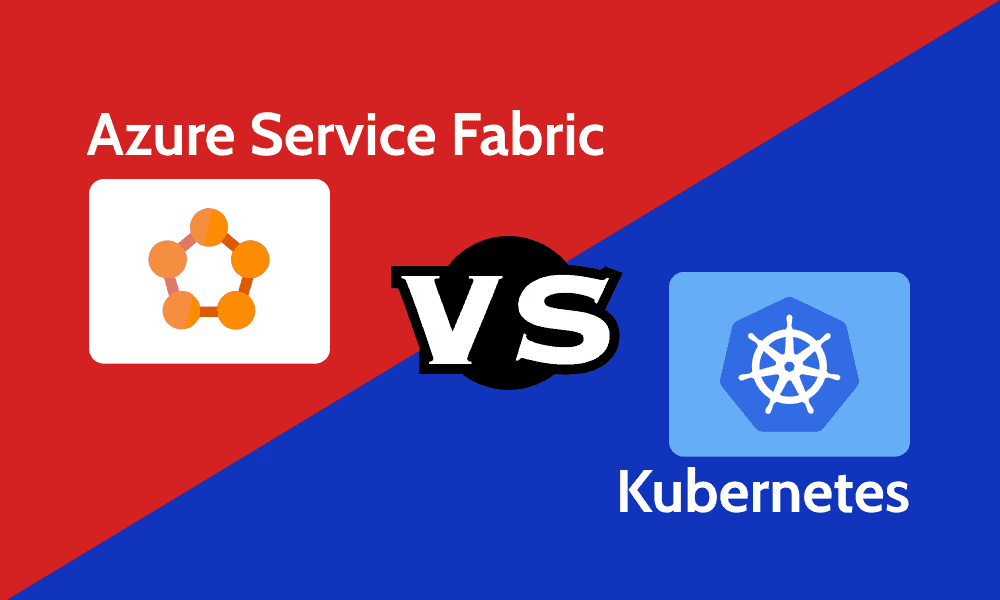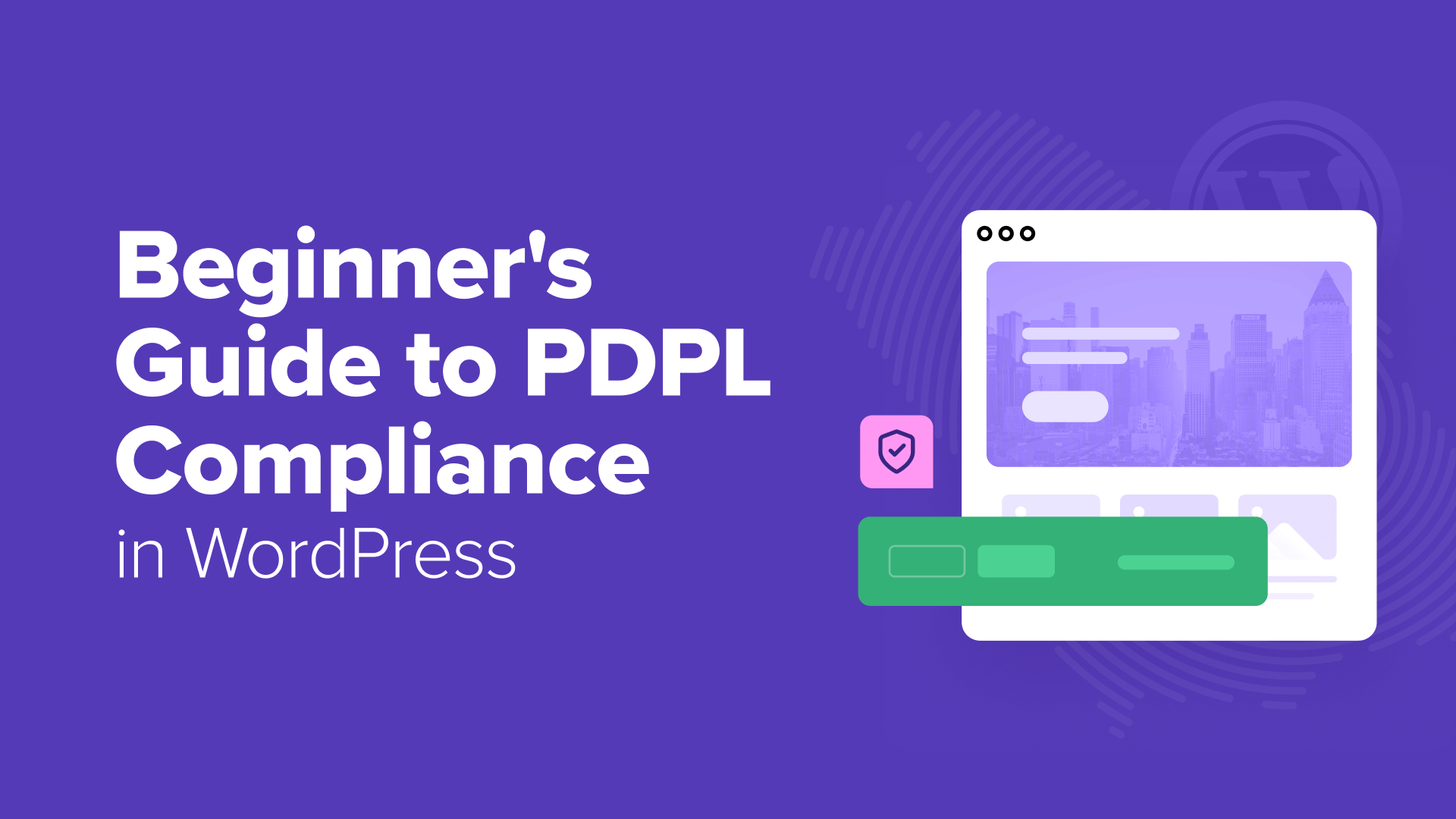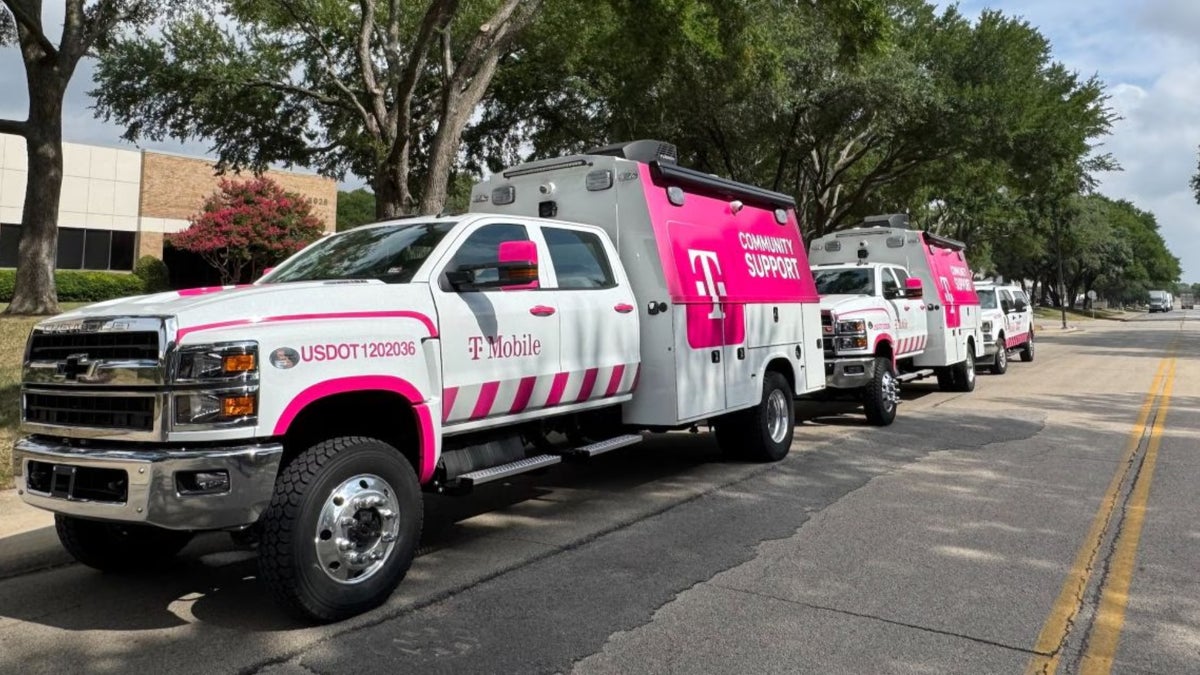Not long ago, I was in a valuation review call with a founder preparing for a secondary sale. The startup had good momentum: healthy revenue, low churn, some brand awareness in its niche. A growth-stage fund was stepping in, and the founder wanted to factor in a premium for brand value.
“We’ve built a strong brand,” he said. “Our repeat rates are high. Customers love us.”
He wasn’t wrong.
But he was also missing the real question: Is it a brand, or just a temporary signal of momentum?
Because brand value isn’t just a by-product of good execution. It’s a measurable asset—but only if it checks the boxes that make it defensible, durable, and differentiated.
Most early-stage companies confuse marketing activity with brand equity. A slick design system, good PR, loyal early users—these are signals. But signals fade.
Brand value, in financial terms, must show up in a company’s economics. If it doesn’t affect how much you can charge, how often people come back, how little you need to spend to acquire them, or how well the market remembers you, it’s not a brand.
It’s a look. A moment. A story.
So let’s ask the real question: What actually makes a startup’s brand worth valuing?
Revenue Stickiness and Repeatability
The single biggest economic case for brand value is revenue stability.
If a large share of your topline comes from repeat customers—people who return not because of discounts, but because of trust—you’re starting to build brand equity.
Why it matters:
- Reduces customer acquisition cost (CAC)
- Makes demand more predictable
- Signals product-market resonance beyond just performance marketing
Brand is what makes people come back without being pushed.
If your revenue is one-time or ad-spend-dependent, you don’t have brand value. You have a campaign.
Legal Defensibility of Your Brand
You cannot assign financial value to a brand you don’t legally control.
And yet, in due diligence, I routinely find startups with:
- Trademarks still in process or never filed
- Brand IP owned by a founder’s personal entity
- Key visual assets created by agencies with no signed IP transfer
If your brand cannot be enforced or protected, it has no place in a valuation model.
Because valuation isn’t just about what exists. It’s about what survives a legal challenge or M&A audit.
If you want to value your brand, you need to:
- Own your trademark
- Register it in your major markets
- Ensure all assets are IP-assigned to the company
No legal clarity = no brand premium.
Ability to Increase Prices Without Losing Volume
Here’s the real test of brand strength: Can you increase your price by 10%—and retain most of your customers?
If the answer is yes, then you’ve built brand equity.
Pricing power is a hard proxy for perceived value. If your customers choose you even when you’re not the cheapest, it means your brand is doing something your product alone can’t.
Think about:
- Apple charging 3x market price with zero apology
- B2B software companies whose brand signals stability, and justifies an enterprise premium
- Niche D2C brands that charge $70 for what the category sells at $35
That delta – between what the product costs and what the brand lets you charge – is brand equity.
If you’re in a market where customers are price-sensitive, but still stick with you, your brand has economic gravity.
Distinctiveness and Identifiability
You can’t build brand value if the market doesn’t know who you are.
Brand valuation assumes that when customers think of the category, they think of you.
Not as one of many.
But as the reference point. That doesn’t mean you need 10 million users.
But it does mean:
- People remember you without prompts (unaided recall)
- You’re associated with a value beyond just function (trust, innovation, reliability, etc.)
- You’re not confused with competitors
In crowded markets, brand strength lies in distinctiveness. If your website, tone, or product naming could be swapped with any other player, your brand isn’t yet an asset.
A brand becomes valuable when it becomes an anchor in the customer’s mind.
Proof That the Brand Reduces Customer Acquisition Costs Over Time
The best brands don’t just drive retention. They reduce acquisition cost.
Founders often think of branding as a long-term bet with no short-term payoff. But true brand value creates compounding efficiency.
If your CAC has improved over time—despite scale, not because of discounts—it’s likely that your brand is doing some of the heavy lifting.
You see this when:
- Word-of-mouth is a major acquisition channel
- Organic search volume grows independently of ad spend
- You’re closing deals faster because of credibility, not sales push
This is the flywheel of brand equity: it pays you back by making growth cheaper.
When investors see CAC efficiency improving with scale, and retention holding steady, it becomes easier to model brand value into the terminal valuation.
So… Do Startups Really Have Brand Value?
Sometimes.
If you’re early-stage, pre-product-market fit, with little repeat revenue, no IP filings, and an overdependence on paid acquisition – no, you don’t have brand value. Yet.
But if you’re driving repeatability, maintaining pricing power, converting inbound, and your name holds weight in the market you serve – then yes, you’re beginning to create something more durable than revenue.
You’re building memory. Signal. Economic preference.
That’s what brand value really is: a trust asset that shows up in your numbers.
And like any asset, it only counts when it’s visible, proven, and protected.
⸻
💼 About the Author
Kishore Dasaka is a Chartered Accountant and Fractional CFO who has worked with over 250 founders across India, Southeast Asia, the UK, and the US. He helps growth-stage startups prepare for valuation, fundraising, and strategic exits—with an eye on the invisible levers that actually drive worth.
Explore more at 👉 https://kishoredasaka.com










